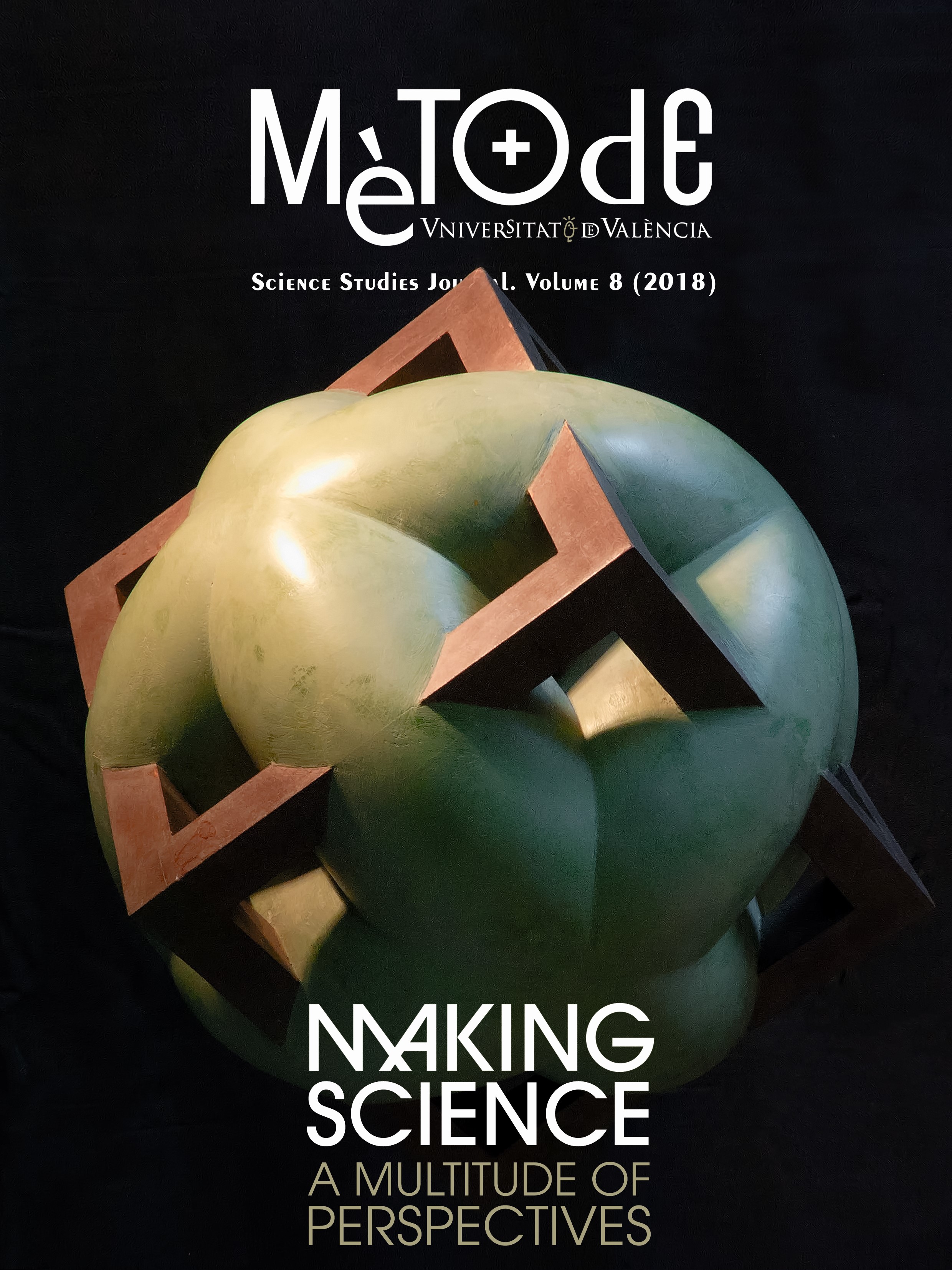The appeal-to-nature fallacy: Homeopathy and biodynamic agriculture in official EU regulations
DOI:
https://doi.org/10.7203/metode.8.9984Keywords:
EU organic food, appeal to nature, homeopathy, biodynamic agriculture, pseudoscience Abstract
Abstract
There is no scientific evidence to support the affirmation that organic food is more nutritious or that its production is more sustainable than traditional food. In addition, productivity is very low and, concomitantly, the price is higher. This article reviews the basics of EU regulations on organic food production and concludes that, for the most part, they mislead the consumer and are not science based. Most of them rely on concepts related to the appeal-to-nature fallacy, with the explicit presence of pseudosciences, such as homeopathy or biodynamic agriculture. On the other hand, interesting aspects such as the carbon footprint or local production are not present in the regulations, and technological improvements that could be useful for organic food production are excluded.
 Downloads
Downloads
 References
References
Barański, M., Srednicka-Tober, D., Volakakis, N., Seal, C., Sanderson, R., Stewart, G. B., … Leifert, C. (2014). Higher antioxidant and lower cadmium concentrations and lower incidence of pesticide residues in organically grown crops: A systematic literature review and meta-analyses. British Journal of Nutrition, 112(5), 784–811. doi: 10.1017/S0007114514001366
Council Regulation (EC) No 834/2007 of 28 June 2007, on organic production and labelling of organic products and repealing Regulation (EEC) No 2092/91. (2007). Retrieved from http://eur-lex.europa.eu/legal-content/EN/TXT/PDF/?uri=CELEX:32007R0834&from=EN
Commission Implementing Regulation (EU) No 203/2012 of 8 March 2012, amending Regulation (EC) No 889/2008 laying down detailed rules for the implementation of Council Regulation (EC) No 834/2007, as regards detailed rules on organic wine. (2012). Retrieved from http://eur-lex.europa.eu/legal-content/EN/TXT/?uri=uriserv:OJ.L_.2012.071.01.0042.01.ENG
Commission Implementing Regulation (EU) No 354/2014 of 8 April 2014, amending and correcting Regulation (EC) No 889/2008 laying down detailed rules for the implementation of Council Regulation (EC) No 834/2007 on organic production and labelling of organic products with regard to organic production, labelling and control. (2014). Retrieved from http://eur-lex.europa.eu/legal-content/EN/TXT/?uri=uriserv:OJ.L_.2014.106.01.0007.01.ENG
Crowder, D. W., & Reganold, J. P. (2015). Financial competitiveness of organic agriculture on a global scale. Proceedings of the National Academy of Sciences of the United States, 112(24), 7611–7616. doi: 10.1073/pnas.1423674112
GfK Emer Ad Hoc Research. (2011). Estudio del perfil del consumidor de alimentos ecológicos (770-11-325-6). Madrid: Ministerio de Medio Ambiente y Medio Rural y Marino (currently Ministerio de Agricultura y Pesca, Alimentación y Medio Ambiente). Retrieved from http://www.magrama.gob.es/es/alimentacion/publicaciones/informe_consumidor_ecol%C3%B3gico_completo_(con_nipo)_tcm7-183161.pdf
Hammarberg, K. E. (2001). Animal welfare in relation to standards in organic farming. Acta Veterinaria Scandinavica, 95, 17–25.
IFOAM. (2006). The IFOAM norms for organic production and processing. Version 2005. Bonn: IFOAM.
Kirchmann, H. (1994). Biological dynamic farming — An occult form of alternative agriculture? Journal of Agricultural Environmental Ethics, 7(2), 173–187. doi: 10.1007/BF02349036
King, L. A., Nogareda, F., Weill, F. X., Mariani-Kurkdjian, P., Loukiadis, E., Gault, G., … De Valk, H. (2012). Outbreak of Shiga toxin-producing Escherichia coli O104:H4 associated with organic fenugreek sprouts, France, June 2011. Clinical Infectious Diseases, 54(11), 1588–1594. doi: 10.1093/cid/cis255
Klett, M. (2006). Principles of biodynamic spray and compost preparations. Edinburgh. Floris Books.
Mathie, R. T., & Clausen, J. (2014). Veterinary pathy: Systematic review of medical conditions studied by randomised placebo-controlled trials. Veterinary Record, 175, 373–381. doi: 10.1136/vr.101767
Micheloni, C. (2009). Organic viticulture and wine-making: Development of environment and consumer friendly technologies for organic wine quality improvement and scientifically based legislative framework (022769). Retrieved from http://cordis.europa.eu/documents/documentlibrary/123869711EN6.pdf
Mulet, J. M. (2014). Should we recommend organic crop foods on the basis of health benefits? Letter to the editor regarding the article by Barański et al. British Journal of Nutrition, 112(10), 1745–1747. doi: 10.1017/S0007114514002645
Saher, M., Lindeman, M., & Hursti, U. K. (2006). Attitudes towards genetically modified and organic foods. Appetite, 46(3), 324–331. doi: 10.1016/j.appet.2006.01.015
Soil Association. (2009). Memorandum from the Soil Association. Retrieved from http://www.publications.parliament.uk/pa/ld200910/ldselect/ldsctech/22/9060203.htm
Synthetic substances allowed for use in organic crop production, 7 C. F. R. §205.601. (2010).
Downloads
Published
How to Cite
-
Abstract3890
-
PDF1436
Issue
Section
License
![]()
All the documents in the OJS platform are open access and property of their respective authors.
Authors publishing in the journal agree to the following terms:
- Authors keep the rights and guarantee Metode Science Studies Journal the right to be the first publication of the document, licensed under a Creative Commons Attribution-NonCommercial-NoDerivatives 4.0 International License that allows others to share the work with an acknowledgement of authorship and publication in the journal.
- Authors are allowed and encouraged to spread their work through electronic means using personal or institutional websites (institutional open archives, personal websites or professional and academic networks profiles) once the text has been published.





